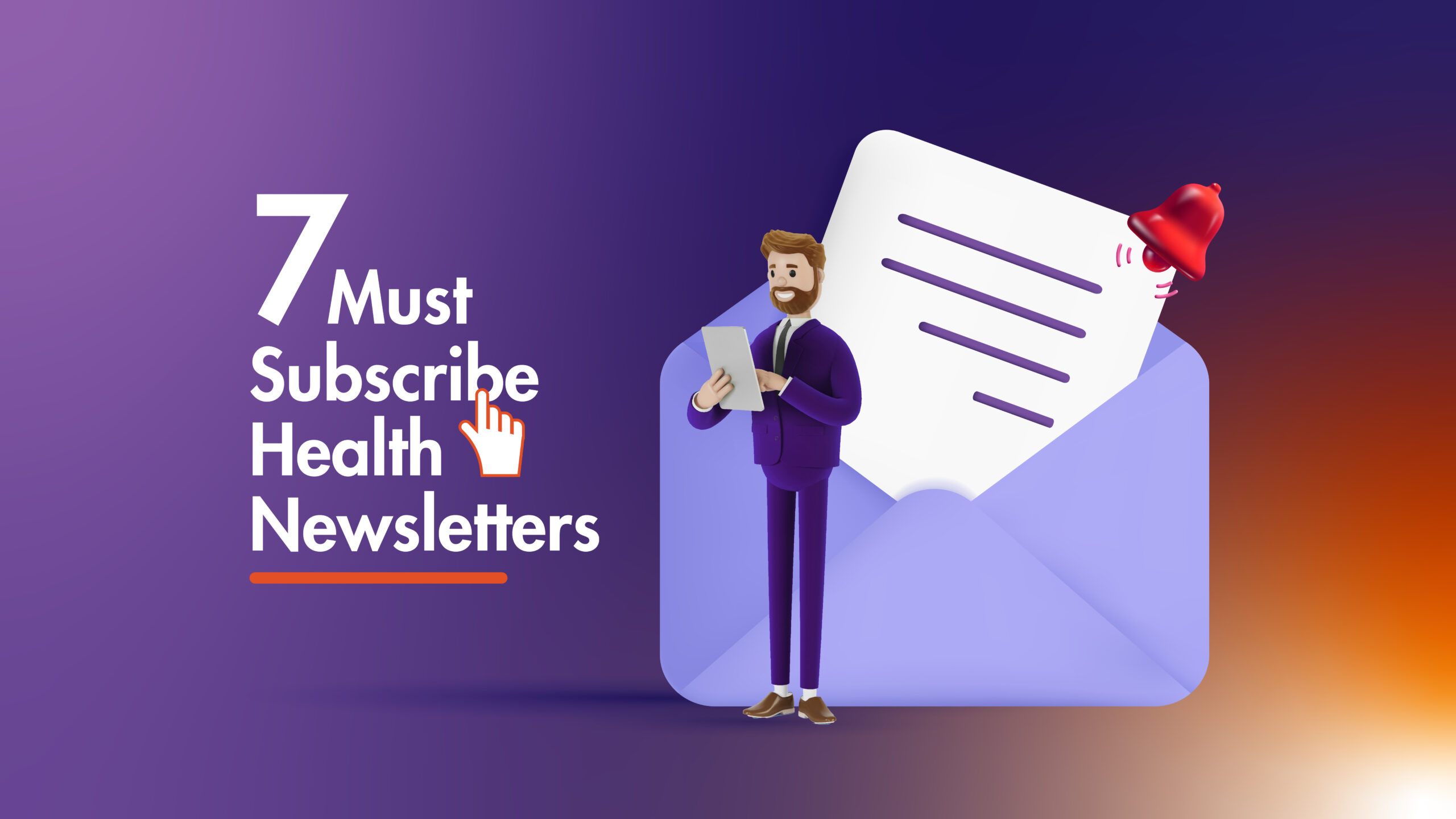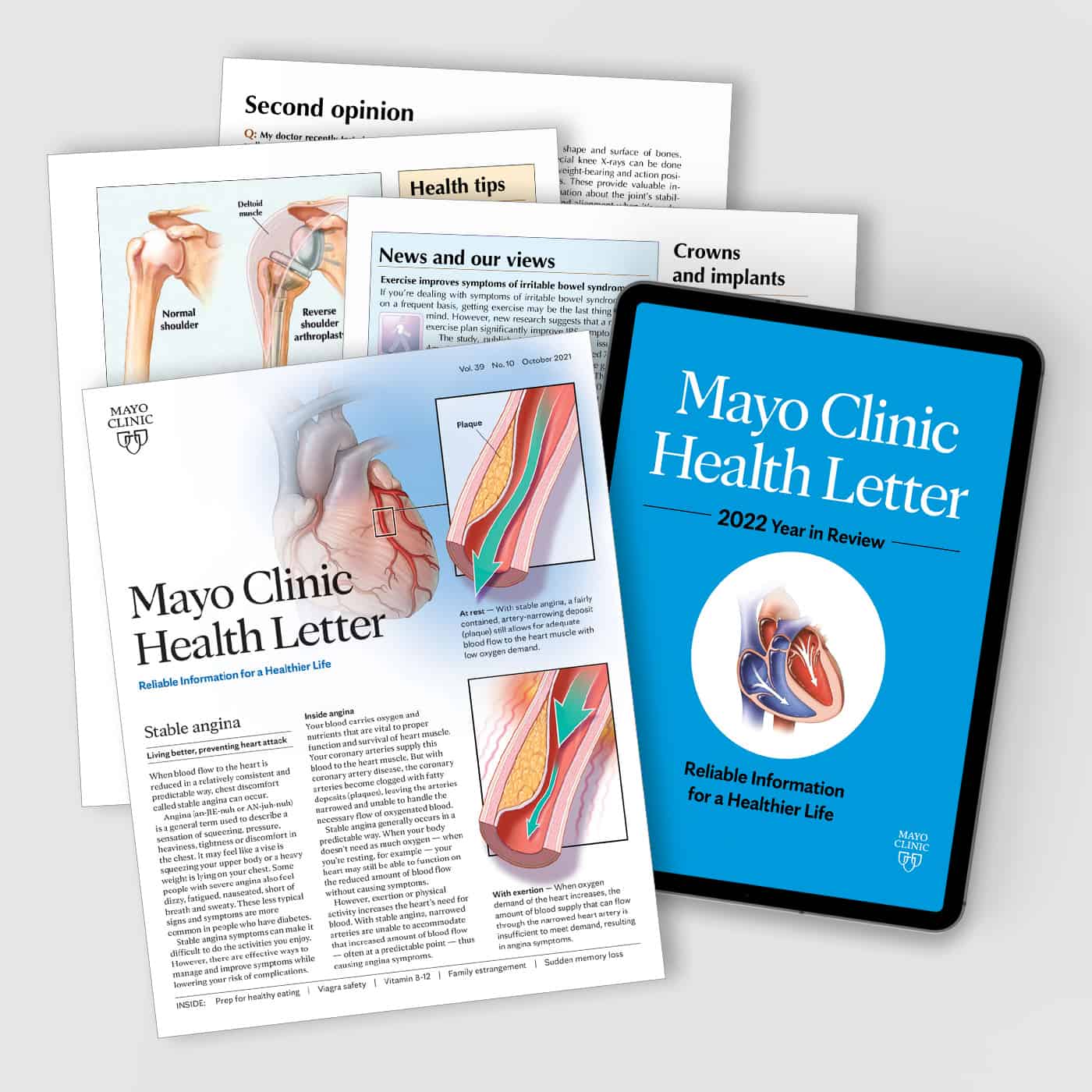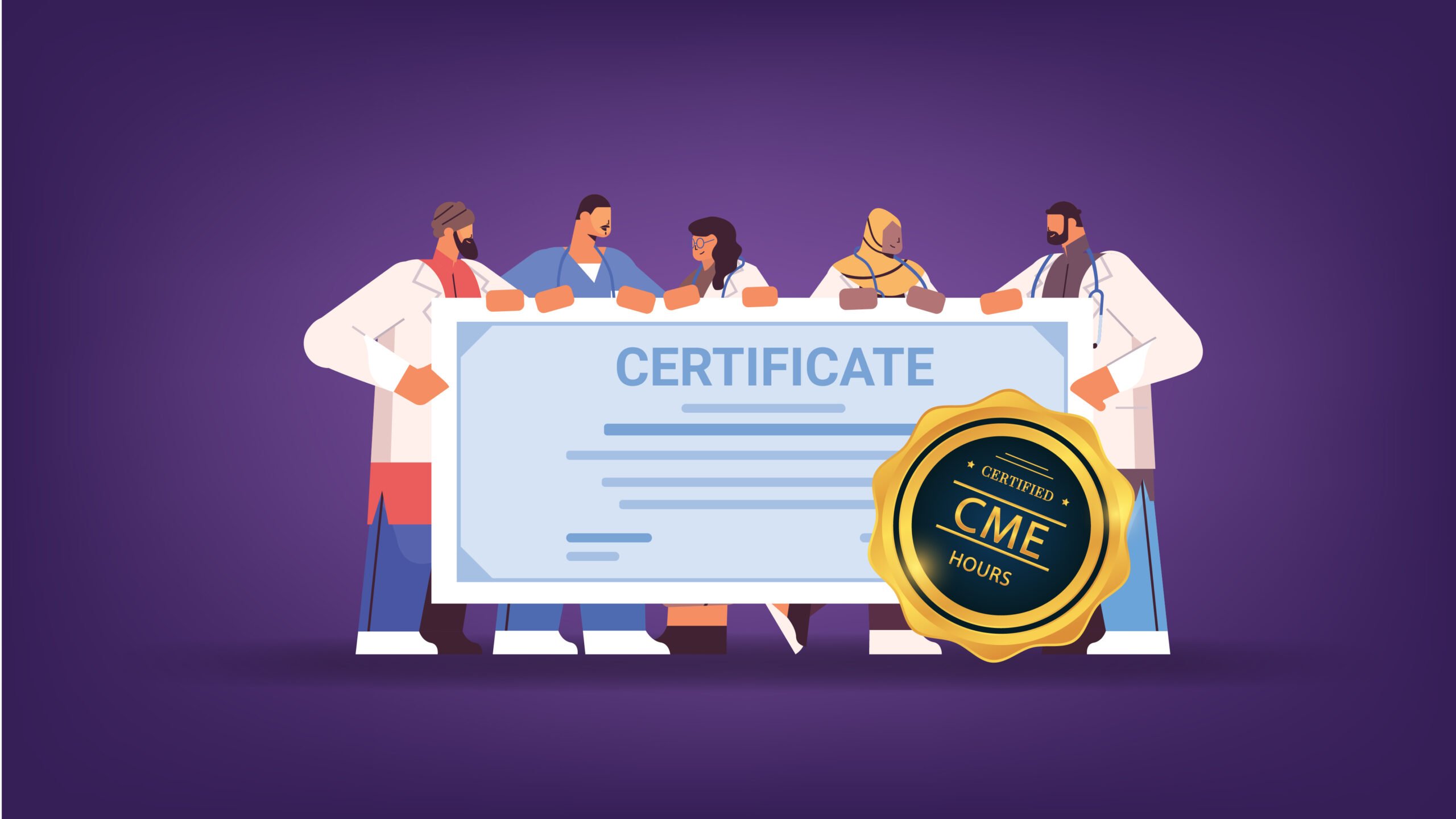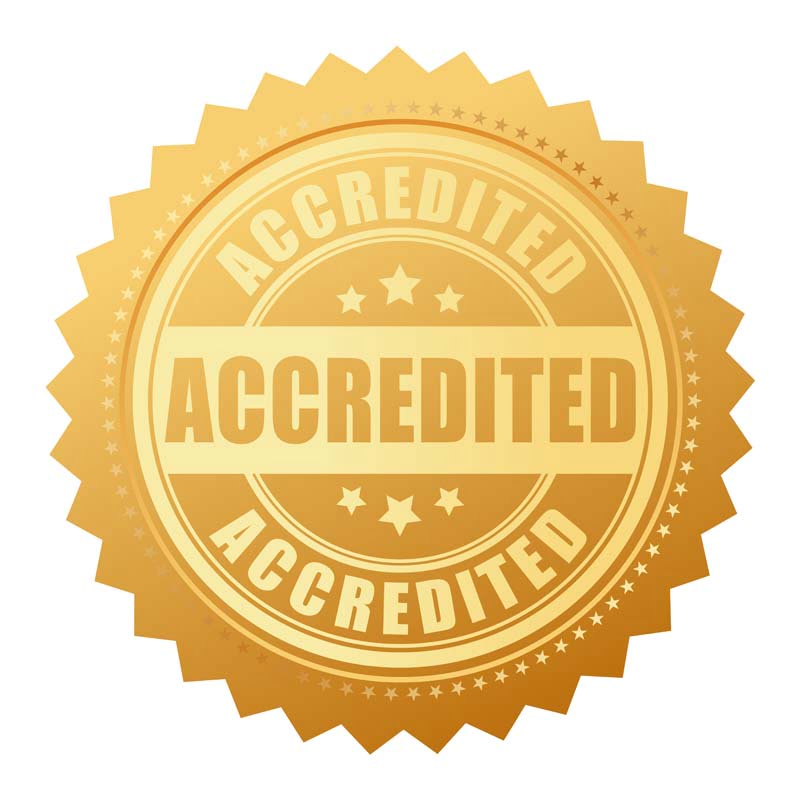
7 Must Subscribe Health Newsletters
As a leader in the pharma industry, staying ahead of the latest developments and trends in the healthcare industry is crucial for making informed decisions. With the vast amount of health information available today, subscribing to healthcare newsletters can be a convenient and valuable resource to receive reliable updates directly in your email inbox.
In this blog post, we will explore the top healthcare newsletters you can subscribe to in order to stay ahead of the curve.
1. Harvard Health Newsletter:
Harvard’s newsletter provides instant access to health news and information from Harvard Medical School’s doctors and experts. Day or night, you can research any health condition, understand your symptoms, check recent test results, and learn about the latest nutrition and fitness ideas, all from Harvard Medical School.

2. Mayo Clinic Health Letter:
Gain direct access to knowledge, wisdom, advice, and practical information on healthy living from Mayo Clinic, a top health authority in the world. With your subscription, you’ll receive twelve monthly 8-page issues and four Special Reports. Each issue of the Mayo Clinic Health Letter contains full-color medical illustrations and reliable, accurate, and practical information on the latest health and medical news.

3. Johns Hopkin's E-Newsletter:
Get the monthly e-newsletter from Johns Hopkins experts, packed with health information and insights. Each issue covers common health topics, health tips, patient stories, updates in medical research and clinical trials, upcoming events, a healthy recipe, and much more.

4. Healthline Newsletter:
Give your inbox a healthy dose of well-being by subscribing to as many newsletters as you wish from Healthline’s wide variety covering tens of topics.

5. World Health Organization (WHO) Newsletters:
By subscribing to the WHO newsletters, you will gain access to the latest updates and developments in the field of health worldwide. The newsletters cover a wide range of topics, including disease outbreaks, public health initiatives, advancements in medical research, and best practices in healthcare delivery.

6. International Health Policies Newsletter:
The International Health Policies Network sends out a weekly newsletter that gathers important health policy news, events, and publications, mainly from low- and middle-income countries. It is focused on young health policy and systems researchers.

7. WebMD Newsletter:
Subscribe to WebMD and get personalized tools for managing your health, health and wellness updates in your inbox, save articles and information about your conditions and medications, and read expert insights and patient stories.

Subscribing to these top healthcare newsletters will empower you with reliable and up-to-date information, helping you lead your organization to success in the ever-evolving healthcare landscape. Remember, knowledge is power, and investing time in staying informed is a key characteristic of a successful medical leader.












































